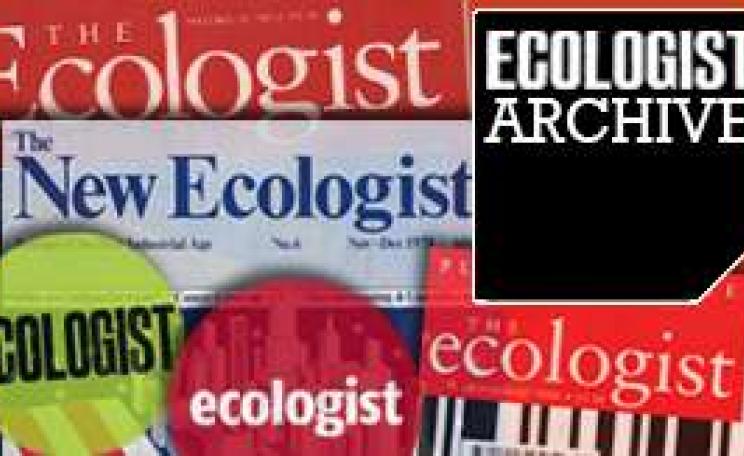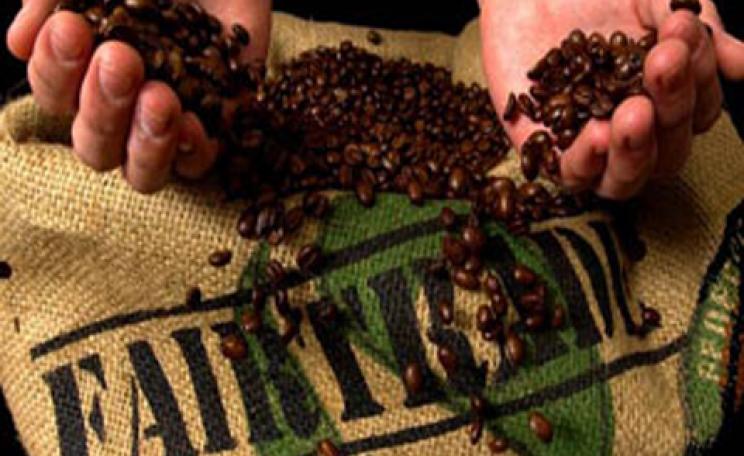Fairtrade is not the same as organic, though many farmers in the scheme do use traditional, and thus organic and sustainable, techniques. Some Fairtrade labels volunteer information on how the product (such as coffee or chocolate) was grown organically, to help consumers decide, though this is not required.

A Fairtrade mark will tell a consumer whether a commodity is fairly traded or not, but it does not guarantee fair trade throughout the supply chain. For instance, a T-shirt could be made with Fairtrade cotton, but still be sewn in a sweatshop. Neither does it help consumers distinguish between companies that are entirely committed to fair trade and those, like Nestlé, that have simply added a Fairtrade product to their range. This is one driving force behind the Fair Trade Organisation mark, launched in 2004 by the major fair trade certification body, the International Federation for Alternative Trade (IFAT). The FTO mark is given to organisations (as opposed to products) that operate according to fair trade principles. Organisations carrying this logo practice fair trade principles from the ground up.
The Ecologist says
When buying goods not produceable in the UK, such as coffee, the Fairtrade mark ensures we pay a fair price to those who produced it. However, scaling down your purchases of exotic goods may be of more general benefit to the environment.
This article first appeared in the Ecologist May 2007
To find out the truth behind other Eco Labels click here







